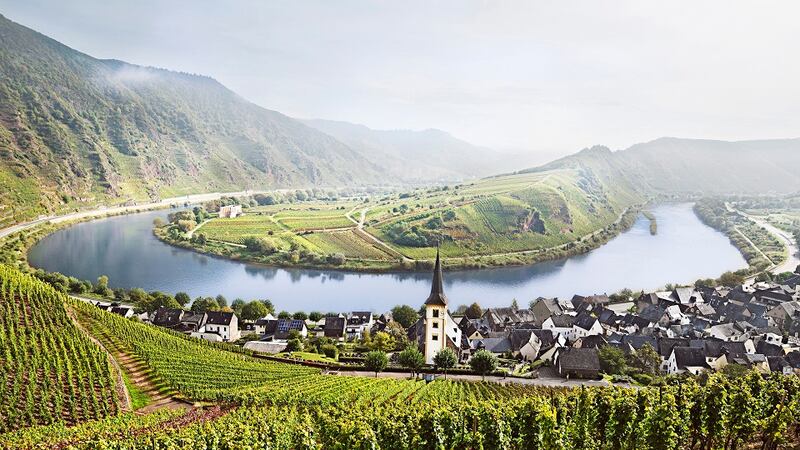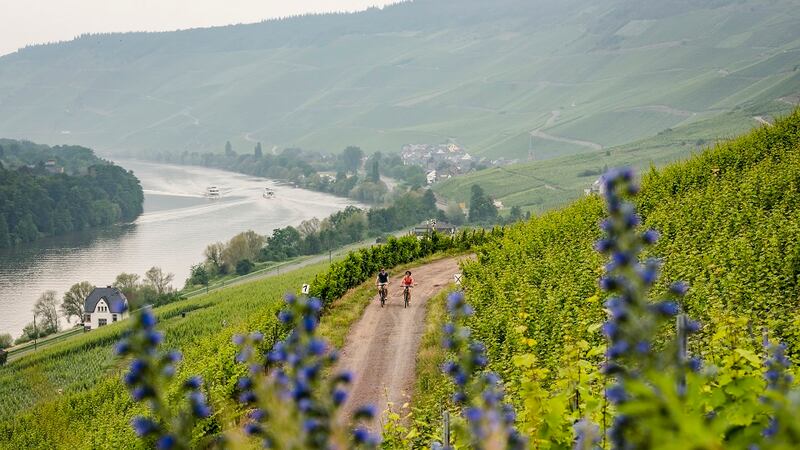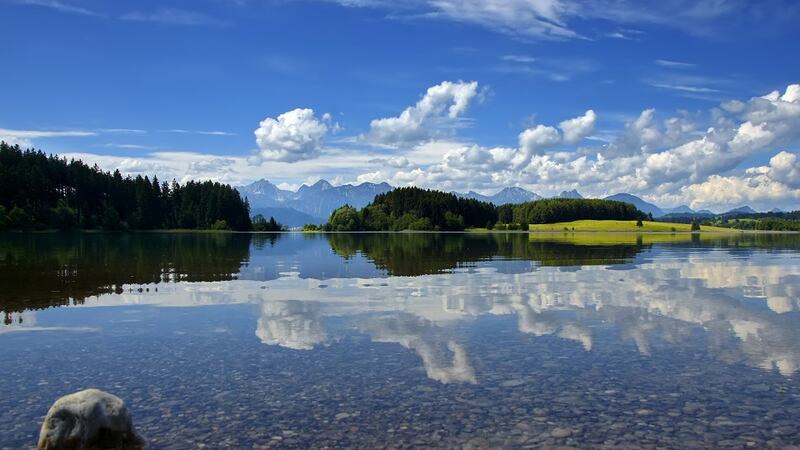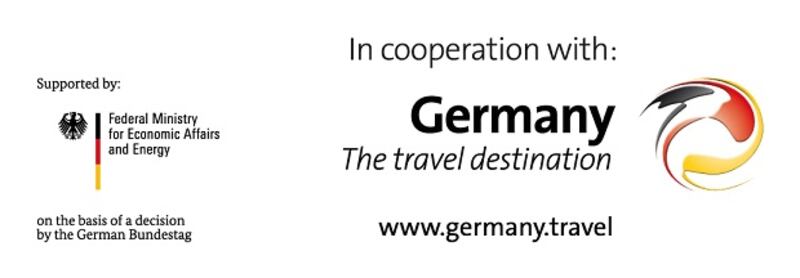If you’ve been consumed with wanderlust over the past 18 months and are longing for the dulcet tones of ‘final call’ ringing through the airport departure lounge, you’re probably whittling down your wish list of destinations to visit first.
The great news is that Germany is open for visitors, and while its Covid-19 safety and compliance measures are attractive travel attributes in themselves, the country boasts all the attractions you might expect from the perfect holiday destination too.
Art galleries, museums, bustling cities, medieval castles, nature parks and boundless beaches are all just waiting to be discovered. The bonus is that Germany has so much to do outdoors, and we’ve got lots of inspiration below to help you plan an unforgettable trip.
Sublime schlosses

Set in idyllic gardens, Augustusburg Palace and the neighbouring Falkenlust hunting lodge at Brühl, 20 kilometres south of Cologne, are a must-see if eclectic interiors are your thing.
Made a UNESCO World Heritage site in 1984, the structures, which are within walking distance of each other, are among some of the earliest examples of highly decorative 18th-century Rococo architecture in Germany. Indoors, the two buildings house paintings and sculptures while the outdoor areas will delight keen gardeners thanks to the landscaped lawns and garden art.
For a castle with a fairytale history that looks like something out of a Disney movie, head to the neo Gothic Marienburg Castle just outside Hannover. Constructed by King George V, as a gift to his beloved wife, Marie, it features a collection of elaborate silver furniture, a portrait gallery and tower complete with viewing platform.
Hidden gems and historic towns

While Berlin is probably the first place that springs to mind, some of Germany’s lesser-known cities pack the perfect city break punch. Home to restored medieval arcades and passageways, an outdoor market, museums and a university, Leipzig in former East Germany also has a renowned café culture and is well worth a visit.
To the south, the picture-postcard Bavarian town of Bamberg features quaint cobbled streets, a former fishermen’s district known as Little Venice where you can take a gondola ride - plus, it is only 30 minutes away from the historic city of Nuremberg.
Or for some R&R, why not head to Wiesbaden and Mainz to the west. Wiesbaden features hot springs, traditional thermal bathing houses and even a casino, while Mainz, located across the river Rhine, is home to the world’s first printing press and Gutenberg’s bible.
Your cup runneth over

If you usually flock to France or Italy for sun-drenched vineyards, why not try Germany this year instead? The country is home to 13 wine-growing regions including the Palatinate, Moselle, Nahe, Ahr, Rheinhessen, Central Rhine, Franconia and Baden. The German Wine Route – to the south-west of Frankfurt – is the number one Riesling region in the world.
It also features stunning hiking routes in virtually untouched forests, and cycling trails suitable for all levels of enthusiasts. If beer is more your thing, Germany produces 5,000 types of beer (many of which are only available locally and not for export), at more than 1,300 breweries.
While Munich’s Oktoberfest and Stuttgart’s Waasen are probably the most famous, if you’re looking for something a little more low-key, try Kulmbach or Bremen for a more local setting.
Gourmand go-to

From new takes on traditional dishes and regional classics to experimental menus you won’t find anywhere else in the world, Germany boasts over 300 Michelin-starred restaurants so there’s no shortage of gastronomic delights to sample.
Aqua Restaurant at Autostadt in Wolfsburg, Saxony might be located within an attraction dedicated to cars, but the restaurant has been awarded three stars for its simplistic yet sophisticated take on German cuisine.
In Berlin, Coda Dessert Dining in the über-hip Neukölln neighbourhood serves sweet and savoury desserts and pastries for every course. While in Munich’s Geisels Werneckhof, German-Japanese Head Chef Tohru Nakamura fuses Bavarian staples with Japanese classics for a truly unique menu that has earned him international recognition.
Achtung, water babies

Sea swimming has never been more popular and if you’re looking for a fresh take, Germany’s North Sea and Baltic Islands are tranquil, family-friendly and boast kilometres of unspoiled coastline.
The North Frisian island of Amrun has the perfect conditions for watersports like surfing, sailing and kiteboarding, while Borkum is popular with wellness warriors thanks to its air, which is low in pollen and high in iodine.
Heligoland – located way out on the North Sea – features picturesque fishing villages, is car-free and is famous for its heritage-protected lobster, while visitors to Hiddensee can enjoy endless stretches of white sandy beaches, salt marshes and rugged cliffs.
On your bike

You don’t need to ski to get panoramic views of the Alps because the Lake Constance to Königssee cycle route passes through 460 kilometres of foothills, lakes and lush alpine meadows. The trail is divided into nine stages, some more difficult than others, and the perfectly maintained pathways make even the more strenuous climbs that bit more doable.
To the north, the Baltic Sea cycle route takes in the historic towns of Wismar and Stralsund which are UNESCO World Heritage Sites, and the trendy seaside resort of Heiligendamm which features gleaming white heritage-listed buildings, gourmet dining and world-class wellness facilities.
Take a road trip

Without the pressures of rush-hour traffic, road trips by car can be one of the most relaxing ways to take in vast distances and scenic beauty in a short space of time.
The German Route of Avenues – the Deutsche Alleenstraße – is a tree-lined path from the Baltic island of Rügen to the UNESCO World Heritage island of Reichenau in Lake Constance and the longest scenic drive in the country, while the Burgenstrasse, the German Castle Road, affords magnificent views of 60 castles, palaces and stately homes. And in some of these, you may even spend the night.
[ Discover more great German travel Opens in new window ]













